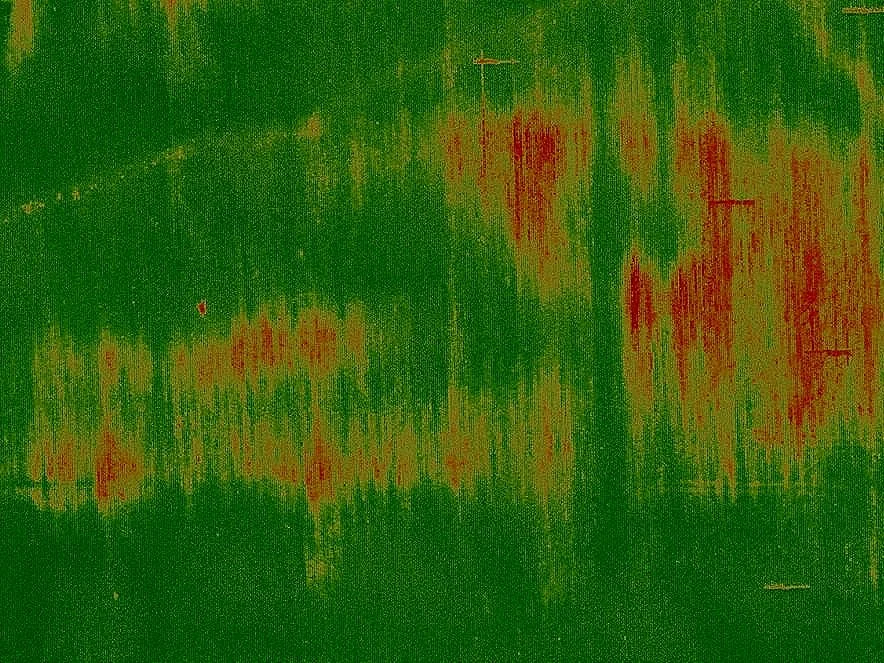More Thoughts on that Emoji Grain Contract
/A recent story has been making the rounds on ag websites about how a Canadian farmer agreed to a grain contract by texting a “thumbs-up” emoji. The farmer received a text message with an image of a grain contract offering to purchase 86 tons of flax for $17 per bushel. The contract was signed by the purchaser and asked the farmer to “please confirm flax contract.” The farmer answered with a thumbs up emoji, which a Canadian court determined legally signified his agreement.
Farm Journal asked me about this case and I responded that I thought the result would be the same in the US. Here’s why.
First, a digital “signature” is generally just as effective as a wet signature. In 2000, Congress passed the Electronic Signatures in Global and National Commerce Act (E-SIGN). 15 U.S.C. § 7001 et seq. E-SIGN provides that “a signature, contract, or other record relating to such transaction may not be denied legal effect, validity, or enforceability solely because it is in electronic form.” Most, if not all states, have similarly adopted the Uniform Electronic Transactions Act that establishes that “a record or signature may not be denied legal effect or enforceability solely because it is in electronic form.” See, e.g., Ind. Code § 26-2-9-106. Courts have been upholding e-signatures for many years now.
Second, a texted response to a grain purchaser would most likely be an acceptable “confirmation” under the National Grain and Feed Association’s (NGFA) Grain Trade Rules. The NGFA’s Grain Trade Rules state that “Both the Buyer and Seller shall send a written confirmation, each to the other, not later than the close of the business day following the date of trade… setting for the specifications as agreed upon…” (Rule 3A). The word “confirmation” is not required. (Rule 3D). Moreover, the NGFA Rules expressly state that “an exchange of communications between the parties by electronic means constitute acknowledgement of that means as a viable method.” Thus, if you text the contract terms, you are assuming acceptance by text is also OK.
Finally, the chosen emoji in this case makes the outcome somewhat predictable. “Thumbs up” seems to be universally understood as a positive response or affirmation.
Still, it is fun to think of how the case might have turned out if the emoji had been different, perhaps less certain in its meaning. What do you think the result would have been to these emojis?












